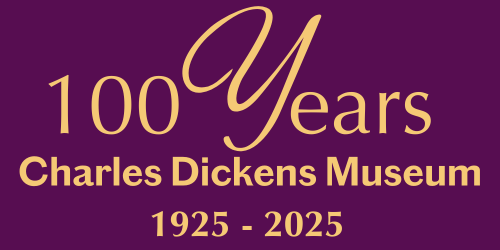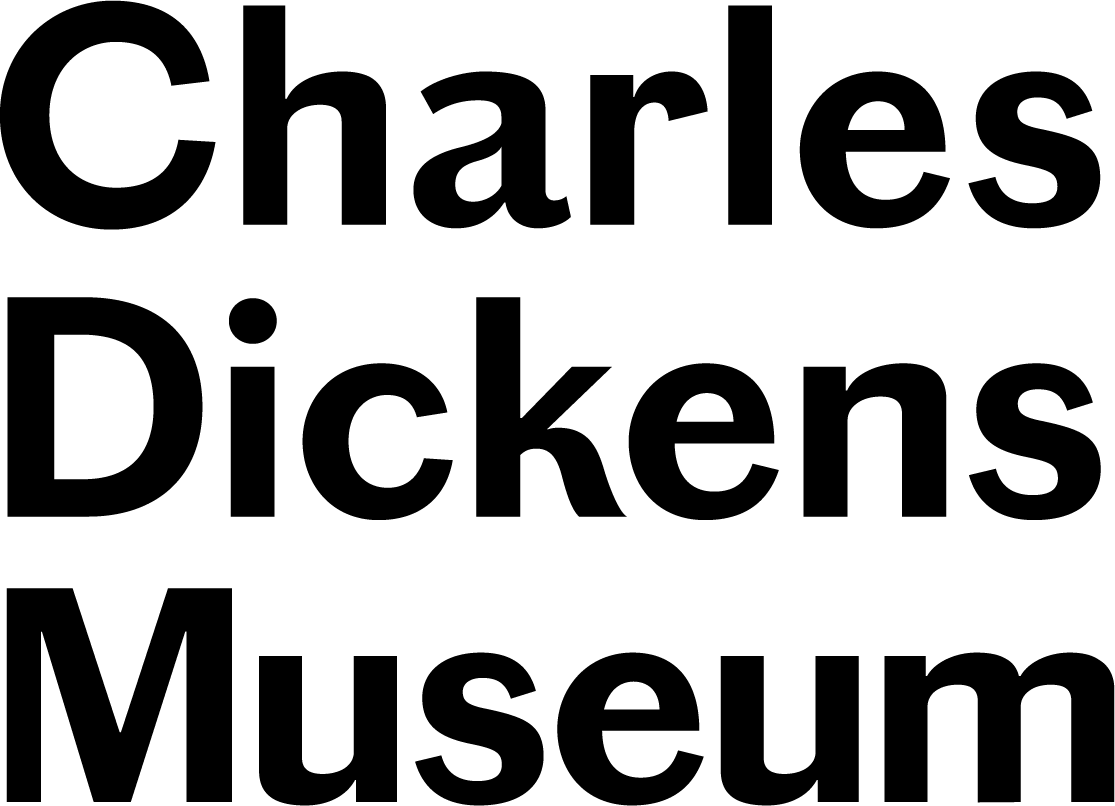Class in Victorian Cookbooks by Dr Lucy Dow

Young ladies in cook's hats are in a kitchen being instructed in the art of cooking. Coloured etching by John Leech.
Credit: Wellcome Collection.
‘Every one is to live as he can afford, and the meal of the tradesman ought not to emulate the entertainments of the higher classes’ [1]
This quote from Maria Rundell’s widely read 1808 cookery book A New System of Domestic Cookery sums up nineteenth century attitudes towards food and class. Food was for Dickens and his peers a key marker of social class. Contemporary cookery book authors talked at length about the types of foods suitable to different social groups and the ways in which food reflected social status.

A woman with a large ladle in her hand is cooking something on the fire as a large kettle boils. Etching by W. Heath, 1829.
Credit: Wellcome Collection
Servants
Middle-class cookery book authors always assumed the presence of at least one servant. Whilst some readers would have had many servants, many would have had one servant, or maid-of-all-work, who assisted the Mistress with the household labour. This reality meant that most cookery books discussed the treatment of servants and used this as a way to explain class identities. A great many of these authors assumed that servants were lazy and dishonest. The waste, or outright theft, of food supplies was often presented as evidence of this, and Mistresses were warned to keep an eye on their employees. They placed the middle-class mistress in the role of reformer, echoing wider Victorian paternalistic ideas about the place of the middle class in society. The performance of this responsibility, and having the resources to undertake it, were crucial to being understood as middle class in Victorian Britain.

A modern stove as illustrated in Isabella Beeton’s 'Book of Household Management (1861)
Credit: Wellcome Collection.
Food Preparation
Closely aligned with the management of servants was the mechanics of food preparation in the mid-Victorian kitchen. If there was one aspect of kitchen life that reflected a middle-class sensibility to the Victorian cookery book writer it was the use of technology. The Victorians loved a kitchen gadget, coming up with items of every increasing specificity as the century progressed. This fascination with kit was a consequence of two key markers of middle-class life – the ability to acquire things and the application of science to every-day life. Endless, often spurious, claims were made by cookery book authors about the scientific nature of their recipes. This idea of the rational, ordered and efficient kitchen was directly aligned with the wider self-perception of the Victorian middle class.
What To Eat
Likewise, the Victorian middle class liked to consider themselves a moderate, but not puritanical, people. They could enjoy luxury but they were not wasteful. The food that they consumed had to reflect this and cookery book authors often spoke about the economic but elegant nature of their recipes. In this vein, authors would often annotate their recipes with notes or comments explaining how to make them richer or more economical. Rundell, for example ended her recipe for veal pie by explaining that a number of additional ingredients (such as eggs, sweetbreads and various spices) can be added if the pie ‘is wanted of a high relish’ but she reassured her readers with a final note that ‘It will be very good without any of the latter additions’. [2]
Similarly, ways of using up leftovers became a popular genre of recipe. It was partly this prerogative that lead to the popularity of curry recipes in the nineteenth century as curry became a way of using up leftover meat in particular. Esther Copley in her 1838 cookery book, The Housekeeper’s Guide, ends her recipe for ‘Chicken Curry’ by explaining that the same recipe applies to rabbit, veal or fish and can be used to reheat turkey, pheasant or partridge. [3]
This idea of the appetising yet frugal middle-class diet was presented in contrast to the excess of the aristocracy and the feckless, “undeserving” poor. There were, of course, the noble aristocracy and the “deserving” poor who were understood as having similar motivations and tastes as the middle class diner. By using food in this way nineteenth-century cookery book authors were able to make middle-class dining habits normative. It is in this context that we can understand the Dickens’s attitudes towards food and dining as explored in Charles Dickens Museum's current exhibition Food Glorious Food: Dinner with Dickens running from 28th November 2018 - 22nd April 2019.
Dr Lucy Dow is a food historian whose specialism is eighteenth and nineteenth century British cookery books. She is a convenor of the Institute of Historical Research’s Food History seminar series. You can find out more on Twitter @IHR_FoodHist
[1] A Lady [Maria Rundell], A New System of Domestic Cookery; Formed Upon Principles of Economy, A New Edn. (London and Edinburgh, 1808), p.v.
[2] Rundell, Domestic Cookery, p. 129.
[3] Esther Copley, The Housekeeper’s Guide (London and Manchester, 1838), p. 159.
Museum Blog
This blog takes you behind the scenes at the Charles Dickens Museum, giving fresh insight on everything from discoveries new and old in our collection, to exhibitions, events and learning initiatives.
You’ll be hearing from a variety of Museum staff and volunteers, as well as guest curators, academics, artists and Dickens enthusiasts. Why not join the debate and let us know you thoughts on the latest blog by using our hashtag #CDMBlog

